COVID-19
Mel Gibson tells Joe Rogan about alternative cancer treatments, dangers of Remdesivir
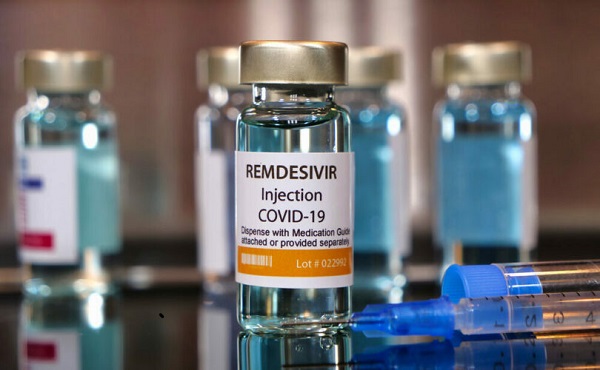
From LifeSiteNews
By Stephen Kokx
In the wide-ranging interview, Mel Gibson told Joe Rogan about his experience with Remdesivir, the pharmaceutical industry and alternative treatments for cancer.
Mel Gibson discussed a wide range of issues with podcaster Joe Rogan this week, almost all of them eliciting strong reactions on social media, especially his comments on cancer and the medical establishment.
Gibson contracted COVID-19 in April 2020. During a week-long hospital stay, he was administered the dangerous drug Remdesivir, which, despite having been known to have a mortality rate of over 50 percent in trials, was approved by Dr. Anthony Fauci for use in hospitals during the pandemic.
Gibson told Rogan that the experimental treatment nearly ended his life.
“[Remdesivir] kills you. I found that afterward. And that’s why I wonder about Fauci,” Gibson said.
Hospitals were incentivized to use Remdesivir, which has been shown to cause kidney failure, after the U.S. government approved a 20 percent reimbursement bonus for its use. Medical facilities also obtained money from the government for classifying deaths as being due to COVID-19. Critics allege that those policies enticed medical professionals to use the risky treatment in order to kill patients as a way to unethically boost profits.
Gibson told Rogan that he acquired COVID from his gardener, who he had known for twenty years, but that he did not survive his illness.
“We both went to the same hospital, and he died, and I didn’t … I think we both got Remdesivir, which is not good,” he explained.
“I don’t know why Fauci’s still walking around… or at least free,” he further remarked.
Gibson and Rogan also talked about cancer and Big Pharma. Gibson revealed that he knows people who have been healed from the illness due to alternative treatments.
“I have three friends. All three of them had stage 4 cancer. All three of whom don’t have cancer right now at all. And they had some serious stuff going on,” Gibson said.
“And what did they take?” Rogan asked.
“They took …what you’ve heard they’ve taken,” he replied.
“Ivermectin, Fenbendazole,” Rogan said. “I’m hearing that a lot.”
“They drank hydrochloride something or other … people drinking methylene blue,” Gibson said.
“There’s a lot of stuff that does work, which is very strange,” Rogan remarked. “Because, again, it’s profit, when you hear about things that are demonized and they turn out to be effective, you always wonder: ‘what is going on here?’ How is [sic] our medical institutions, how have they failed us so that things that do cure you are not promoted because they’re not profitable? They can’t control it. They don’t have a patent on it. Whether it’s Vitamin D, K2, Magnesium, Zinc. I do all that stuff.”
On Friday morning, an X-approved post titled “Mel Gibson’s Cancer Cure Claim Sparks Medical Debate” was published on the trending section. Some users piggybacked on Gibson’s remarks by stating that they too have used or know people who are using treatments similar to the ones Gibson’s friends did and that “cancer research” is a racket.
Others were unconvinced and re-iterated the media narrative that ivermectin is a simply a “dewormer.”
Elsewhere in their conversation, Gibson defended the authenticity of the Shroud of Turin and the historical reality of the resurrection of Christ, a topic Rogan has seemingly taken a heightened interest in recently given that he discussed the matter in depth on his show with a Protestant guest less than two weeks ago.
COVID-19
Canadian veteran challenges conviction for guarding War Memorial during Freedom Convoy

From LifeSiteNews
When the convoy first came to Ottawa, allegations were floated that the memorial had been desecrated. After learning of this, Evely quickly organized a group of veterans to stand guard around the clock to protect the area.
A Canadian veteran appealed to the Ontario courts after he was convicted for organizing a guard around the National War Memorial during the Freedom Convoy.
In an October press release, the Justice Centre for Constitutional Freedoms (JCCF) announced that an appeal has been filed in the Ontario Court of Appeals on behalf of Master Warrant Officer (Ret’d) Jeffrey Evely over his conviction for mischief and obstructing police while on his way to guard the Ottawa War Memorial during the 2022 Freedom Convoy.
“By locking down large sections of downtown Ottawa, the police were effectively preventing all civilians from accessing public areas and greatly exceeded their powers under the common law,” constitutional lawyer Chris Fleury explained.
“This case raises issues that have implications for protests across the province and the country. We are hopeful that the Ontario Court of Appeal will agree and grant leave to appeal,” he added.
The appeal argues that police overstepped their authority in their response to the 2022 protest of COVID mandates. Police actions at the time included locking down the Ottawa core, establishing checkpoints, and arresting protesters.
In September 2024, Everly was convicted of mischief and obstruction after his involvement in the 2022 Freedom Convoy, which protested COVID mandates by gathering Canadians in front of Parliament in Ottawa.
As LifeSiteNews previously reported, when the convoy first came to Ottawa, allegations were floated that the memorial had been desecrated. After learning of this, Evely quickly organized a group of veterans to stand guard around the clock to protect the area.
However, under former Prime Minister Justin Trudeau’s use of the Emergencies Act, many parts of downtown Ottawa were blocked to the public, and a vigilant police force roamed the streets.
It was during this time that Evely was arrested for entering a closed off section of downtown Ottawa during the early hours of February 19, 2022. He had been on his way to take the 4:25 a.m. shift protecting the Ottawa War Memorial.
As Evely walked to the memorial, he was allegedly told to stop by police. According to the police, Evely “ran for a short distance before being confronted by two additional police officers.”
He was forcibly pushed to the ground, landing face first. The veteran was then arrested and charged with mischief and obstructing police.
At the time, the use of the EA was justified by claims that the protest was “violent,” a claim that has still gone unsubstantiated.
In fact, videos of the protest against COVID regulations and shot mandates show Canadians from across the country gathering outside Parliament engaged in dancing, street hockey, and other family-friendly activities.
Indeed, the only acts of violence caught on video were carried out against the protesters after the Trudeau government directed police to end the protest. One such video showed an elderly women being trampled by a police horse.
While the officers’ actions were originally sanctioned under the EA, Federal Court Justice Richard Mosley ruled that Trudeau was “not justified” in invoking the EA, forcing Crown prosecutors to adopt a different strategy.
Now, Crown prosecutors allege that the common law granted police the authority to stop and detain Evely, regardless of the EA.
However, Evely and his lawyers have challenged this argument under section 9 of the Canadian Charter of Rights and Freedoms, insisting that his “arrest and detention were arbitrary.”
Earlier this month, Freedom Convoy organizers Tamara Lich and Chris Barber were sentenced to 18-month house arrest after a harrowing 25-month trial process. Many have condemned the sentence, warning it amounts to “political persecution” of those who stand up to the Liberal government.
COVID-19
Freedom Convoy leader Tamara Lich says ‘I am not to leave the house’ while serving sentence
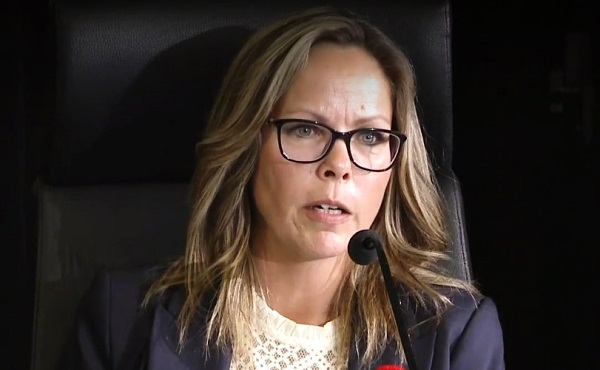
From LifeSiteNews
‘I was hoping to be able to drop off and pick up my grandsons from school, but apparently that request will have to go to a judge’
Freedom Convoy leader Tamara Lich detailed her restrictive house arrest conditions, revealing she is “not” able to leave her house or even pick up her grandkids from school without permission from the state.
Lich wrote in a X post on Wednesday that this past Tuesday was her first meeting with her probation officer, whom she described as “fair and efficient,” adding that she was handed the conditions set out by the judge.
“I was hoping to be able to drop off and pick up my grandsons from school, but apparently that request will have to go to a judge under a variation application, so we’ll just leave everything as is for now,” she wrote.
Lich noted that she has another interview with her probation officer next week to “assess the level of risk I pose to re-offend.”
“It sounds like it’ll basically be a questionnaire to assess my mental state and any dangers I may pose to society,” she said.
While it is common for those on house arrest to have to ask for permission to leave their house, sometimes arrangements can be made otherwise.
On October 7, Ontario Court Justice Heather Perkins-McVey sentenced Lich and Chris Barber to 18 months’ house arrest after being convicted earlier in the year convicted of “mischief.”
Lich was given 18 months less time already spent in custody, amounting to 15 1/2 months.
As reported by LifeSiteNews, the Canadian government was hoping to put Lich in jail for no less than seven years and Barber for eight years for their roles in the 2022 protests against COVID mandates.
Interestingly, Perkins-McVey said about Lich and Barber during the sentencing, “They came with the noblest of intent and did not advocate for violence.”
Lich said that her probation officer “informed me of the consequences should I breach these conditions, and I am not to leave the house, even for the approved ‘necessities of life’ without contacting her to let her know where I’ll be and for how long,” she wrote.
“She will then provide a letter stating I have been granted permission to be out in society. I’m to have my papers on my person at all times and ready to produce should I be pulled over or seen by law enforcement out and about.”
Lich said that the probation officer did print a letter “before I left, so I could stop at the optometrist and dentist offices on my way home.”
She said that her official release date is January 21, 2027, which she said amounts to “1,799 days after my initial arrest.”
As reported by LifeSiteNews, Lich, reflecting on her recent house arrest verdict, said she has no “remorse” and will not “apologize” for leading a movement that demanded an end to all COVID mandates.
LifeSiteNews reported that Conservative Party leader Pierre Poilievre offered his thoughts on the sentencing, wishing them a “peaceful” life while stopping short of blasting the sentence as his fellow MPs did.
In early 2022, the Freedom Convoy saw thousands of Canadians from coast to coast come to Ottawa to demand an end to COVID mandates in all forms. Despite the peaceful nature of the protest, Trudeau’s government enacted the never-before-used Emergencies Act (EA) on February 14, 2022.
-

 Alberta2 days ago
Alberta2 days agoFrom Underdog to Top Broodmare
-

 Business1 day ago
Business1 day agoTrans Mountain executive says it’s time to fix the system, expand access, and think like a nation builder
-
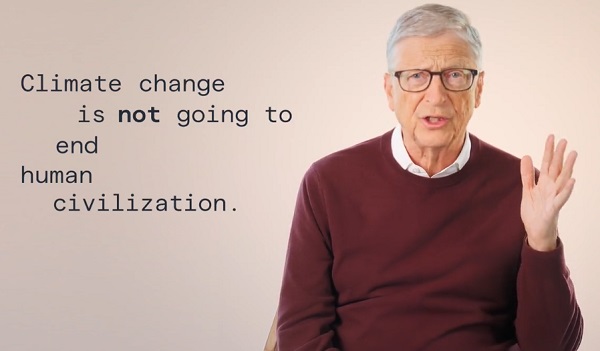
 Economy2 days ago
Economy2 days agoIn his own words: Stunning Climate Change pivot from Bill Gates. Poverty and disease should be top concern.
-

 Business2 days ago
Business2 days agoPaying for Trudeau’s EV Gamble: Ottawa Bought Jobs That Disappeared
-

 International23 hours ago
International23 hours agoBiden’s Autopen Orders declared “null and void”
-
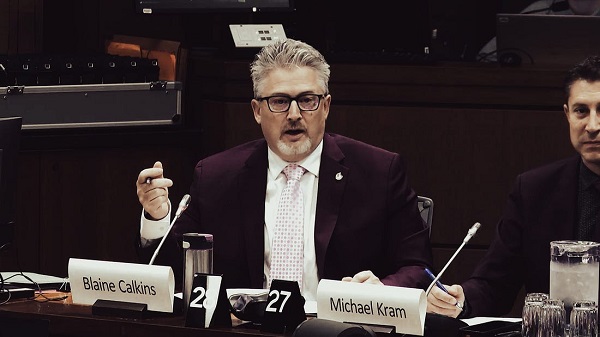
 National2 days ago
National2 days agoElection Officials Warn MPs: Canada’s Ballot System Is Being Exploited
-
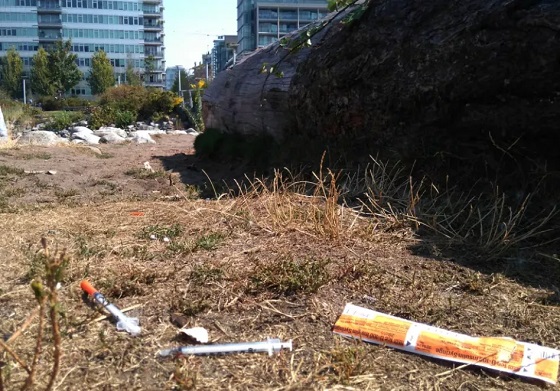
 Addictions2 days ago
Addictions2 days agoThe Shaky Science Behind Harm Reduction and Pediatric Gender Medicine
-

 Business2 days ago
Business2 days agoClean energy transition price tag over $150 billion and climbing, with very little to show for it





